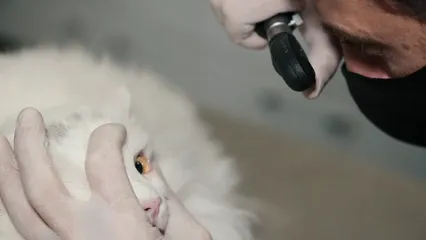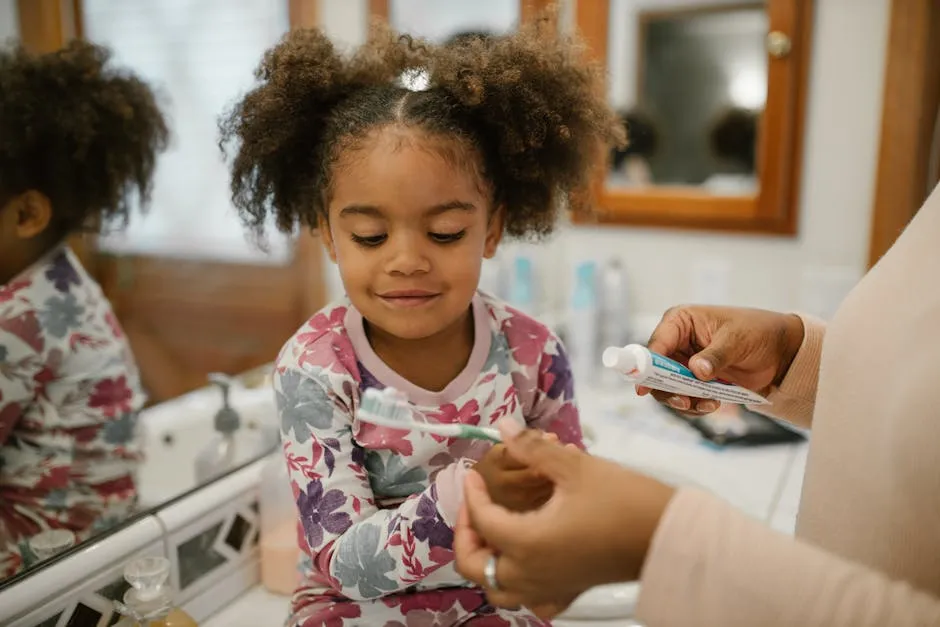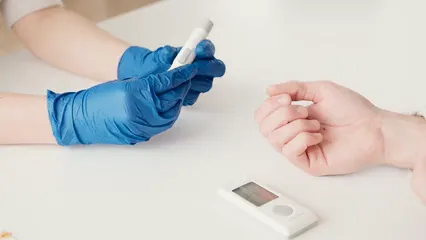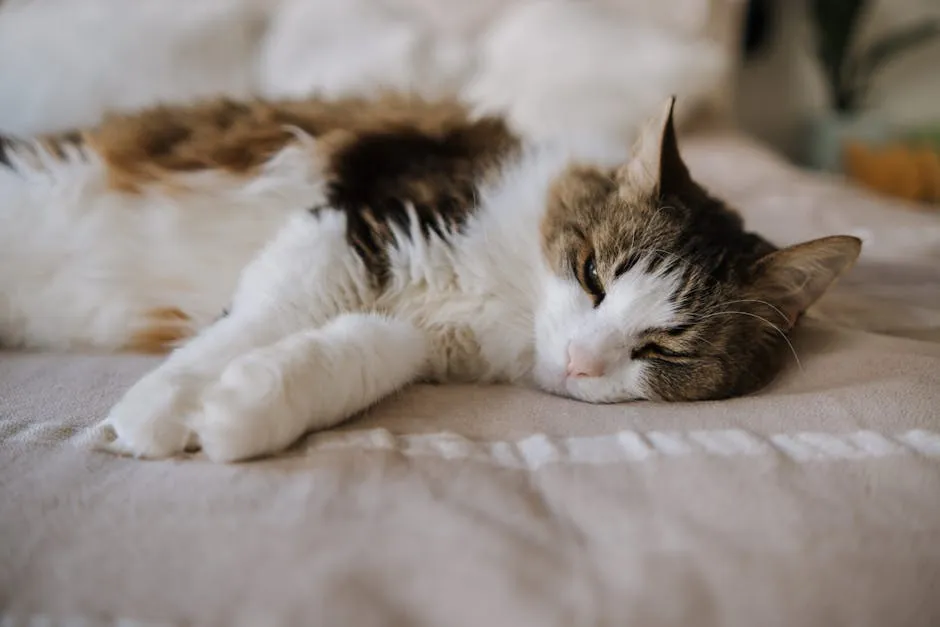
Why is My Cat So Small? Understanding the Factors Behind Your Cat’s Size
Why is My Cat So Small? Understanding the Factors Behind Your Cat’s Size
Have you ever looked at your furry friend and wondered why they seem smaller than other cats? This concern is common among cat owners. Various factors can influence a cat’s size, from genetics to nutrition. In this post, we will break down these factors to help you understand why your cat may be petite. Speaking of nutrition, did you know that a well-balanced diet can significantly impact your cat’s growth? Consider giving your feline friend Hill’s Science Diet Dry Cat Food. This premium food is formulated to provide essential nutrients for your cat’s growth and overall health. Your kitty deserves the best, and this food is like a Michelin-star meal for cats!
Summary and Overview
In this article, we’ll explore why your cat might be small. Understanding the reasons is essential for ensuring your feline friend’s health and happiness. Key factors include genetics, nutrition, health issues, and environmental influences. Genetics can determine if your cat is naturally small, as some breeds, like the Singapura or Munchkin, are known for their petite stature. Nutrition plays a critical role, especially during your cat’s growth stages. A balanced diet is vital for proper development. Health issues, such as parasites or chronic illnesses, can also hinder growth. Lastly, the environment, including stress levels and living conditions, can impact your cat’s size. By understanding these factors, you can better support your cat’s well-being and overall health.
Factors Influencing Cat Size
1. Genetics and Breed
Have you ever noticed how different cat breeds vary in size? Some cats are naturally small due to their genetics. Breeds like the Singapura and Munchkin are perfect examples. The Singapura, for instance, is one of the tiniest breeds, often weighing less than 6 pounds. Munchkins, known for their short legs, also tend to be on the petite side. Genetics play a significant role in determining your cat’s size. If both parents are small, their kittens are likely to be small too. On average, domestic cats weigh around 10 pounds, but many small breeds fall below this mark. For example, the average weight for a Singapura is only 5 to 8 pounds. Understanding your cat’s breed can give you insights into their expected size. Statistics show that while most cats fall within the 8 to 10-pound range, some breeds consistently weigh less. This variation highlights the importance of knowing your cat’s breed and its typical size range.
2. Age and Development
Are you worried that your kitten isn’t growing as expected? Growth stages are crucial for understanding your cat’s development. Kittens grow rapidly during their first year. By around 6 months, most cats have completed about 75% of their growth. However, larger breeds, like the Maine Coon, may take up to 18 months to reach their full size. If your cat is still young, they might still be in the growth phase. Kittens can gain about 3.5 ounces weekly until they’re around 6 months old. If your kitten is under a year, be patient; they may just need more time to grow. Healthy growth signs include a playful demeanor and good appetite. If your young cat seems energetic and curious, that’s a great sign! Regular vet check-ups can help monitor their growth and ensure they are developing properly. Understanding these stages can provide reassurance and help you support your furry friend’s growth effectively.
3. Nutrition
Have you ever thought about how important your cat’s diet is? A balanced diet is crucial for your cat’s growth and overall health. Kittens, in particular, require specific nutrients to develop properly. If they don’t get enough of these, it can stunt their growth. Essential nutrients for kittens include proteins, fats, and vitamins. Proteins help build strong muscles, while fats provide energy. Vitamins and minerals are vital for developing a healthy immune system. If your kitten appears smaller than expected, check for signs of nutritional deficiency. Symptoms can include lethargy, dull fur, and slow growth. Adult cats also have unique dietary needs. Their diet should primarily consist of high-quality animal protein. Unlike kittens, adult cats need fewer calories but still require a balanced mix of nutrients. Ensure they have access to fresh water and consider multiple small meals throughout the day. Feeding habits matter too. If your cat is losing weight or seems disinterested in food, it might be time to consult a vet. Cats are often grazers, so providing them with consistent meal access can help maintain their weight. Ultimately, a proper diet is key to supporting your cat’s growth and health.

4. Health Issues
Is your cat smaller than expected? Health problems might be at play. Common issues like parasites, diabetes, and hyperthyroidism can negatively affect size. Intestinal parasites, like roundworms, can rob your cat of essential nutrients. Symptoms may include a poor coat, weight loss, or a swollen belly. Chronic illnesses can also hinder your cat’s growth and development. For example, diabetes can lead to weight loss despite a good appetite. Hyperthyroidism, often found in older cats, can cause similar issues. Regular vet check-ups are essential for early detection of these health concerns. Don’t hesitate to reach out to your veterinarian if you’re worried. They can provide a thorough examination and identify any possible underlying conditions. Catching health issues early can make a significant difference in your cat’s growth trajectory. Regular visits ensure your furry friend stays healthy and happy.
5. Environmental Factors
Have you ever considered how your cat’s home affects their growth? The environment plays a big role in your cat’s development. Indoor and outdoor living conditions can significantly impact their health and size. Indoor cats usually enjoy consistent safety and nutrition. They have a steady food supply and less exposure to dangers like predators or traffic. This stability helps them grow properly, but it also means they miss out on natural exercise opportunities. Outdoor cats, on the other hand, face unpredictable risks. They often experience more physical activity, which is great for muscle development. However, they also encounter challenges like finding food and potential injuries. Stress is another crucial factor that can hinder a cat’s growth. Cats thrive in stable, low-stress environments. Frequent changes, such as moving homes or introducing new pets, can create anxiety. Chronic stress may lead to health issues and stunted growth. Creating a nurturing space with cozy hiding spots and plenty of enrichment can help alleviate stress.

Understanding how environmental factors can impact your cat’s growth is crucial for their overall well-being. Learn more about environmental factors.
6. Spaying and Neutering
Have you thought about how spaying or neutering affects your cat’s size? These procedures can influence growth patterns in your furry friend. Spaying and neutering generally lead to slight changes in body composition. Neutered cats may gain weight more easily, especially if they’re fixed at a young age. Timing matters when it comes to these procedures. Cats typically reach their adult size around one year, but larger breeds may take longer. Early spaying or neutering can slow down growth by affecting hormone levels. However, it’s essential to balance this with the benefits of preventing unwanted litters and certain health issues. Many myths surround these procedures, including the belief that they always stunt growth. In reality, size is primarily determined by genetics and nutrition. Though spaying and neutering can influence weight, a balanced diet and regular exercise are the keys to maintaining a healthy size.7. When to Consult a Veterinarian
If you’re worried about your cat’s size, it’s wise to consult a veterinarian. Certain signs may indicate a potential issue. If your cat is not gaining weight, looks lethargic, or has a poor coat, these can be red flags. Also, if your cat is younger but smaller than expected, it’s time for a vet visit. During a consultation, expect a thorough examination. The vet will assess your cat’s weight, size, and overall health. They may ask about your cat’s diet, activity levels, and any noticeable changes in behavior. In some cases, they might recommend blood tests or imaging to explore underlying health issues.

All images from Pexels




